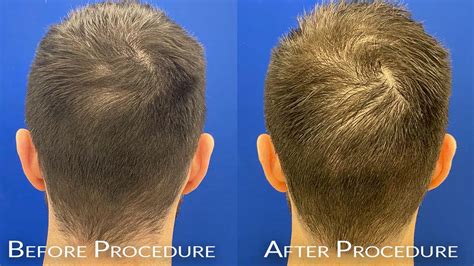What Is Hair Replacement?
Hair replacement encompasses a range of techniques to restore hair growth in individuals experiencing hair loss. These methods can be surgical or non-surgical, aiming to mimic natural hair growth and enhance aesthetic appeal.

Types of Hair Replacement
1. Surgical Hair Replacement
- Follicular Unit Extraction (FUE): Extracting individual hair follicles from the donor area and implanting them into the recipient area.
- Follicular Unit Transplantation (FUT): Removing a strip of skin from the donor area, dividing it into individual hair follicles, and implanting them into the recipient area.
2. Non-Surgical Hair Replacement
- Hairpieces: Synthetic or human hair wigs, toppers, and extensions that are attached to the scalp.
- Micropigmentation: A cosmetic procedure that creates the illusion of hair follicles by implanting ink pigments into the scalp.
- Laser Hair Therapy: Utilizing low-level laser energy to stimulate hair growth and improve hair density.
Benefits of Hair Replacement
- Improved Appearance: Restores a youthful and confident appearance.
- Increased Self-Esteem: Boosts self-esteem and well-being.
- Hair Loss Prevention: Some treatments can prevent further hair loss.
- Customization: Tailored to individual needs and preferences.
- Non-Invasive Options: Non-surgical methods provide a less invasive alternative to surgery.
Considerations Before Hair Replacement
- Cost: The cost of hair replacement varies depending on the technique, materials, and maintenance required.
- Maintenance: Surgical procedures require ongoing medical visits for monitoring and follow-up care. Non-surgical methods may need regular cleaning, styling, and repairs.
- Insurance Coverage: Most insurance plans do not cover hair replacement procedures, so it’s essential to consult with your provider.
- Patient Health: Certain health conditions may affect the suitability of hair replacement.
- Realistic Expectations: It’s crucial to have realistic expectations and understand that hair replacement results may vary.
Tips for Choosing the Right Hair Replacement
- Research: Explore different techniques and providers to find the best solution for your needs.
- Consultation: Schedule a consultation with a hair replacement specialist to discuss options and create a treatment plan.
- Trial: Some providers offer trial periods for non-surgical methods to experience the results before committing.
- Support: Look for providers who offer ongoing support and guidance throughout the hair replacement process.
- Customer Testimonials: Read customer testimonials and reviews to gain insights into the experiences of others.
Market Size and Trends
The global hair replacement market is projected to reach $18.7 billion by 2026, growing at a CAGR of 7.5%. The increasing prevalence of hair loss, technological advancements, and growing aesthetic awareness are key drivers of this growth.
Future of Hair Replacement
- Bioengineered Hair Follicles: Advancements in tissue engineering may lead to the development of bioengineered hair follicles for transplant.
- Nanotechnology: Nanotechnology could enhance hair follicle delivery and retention during transplantation.
- Personalized Hair Replacement: Genetic testing and artificial intelligence will enable personalized treatments tailored to individual hair loss patterns.
Conclusion
Hair replacement offers a promising solution for individuals seeking to restore their hair and enhance their appearance. By carefully considering the benefits, options, and considerations involved, patients can make an informed decision and achieve their desired hair replacement goals.
